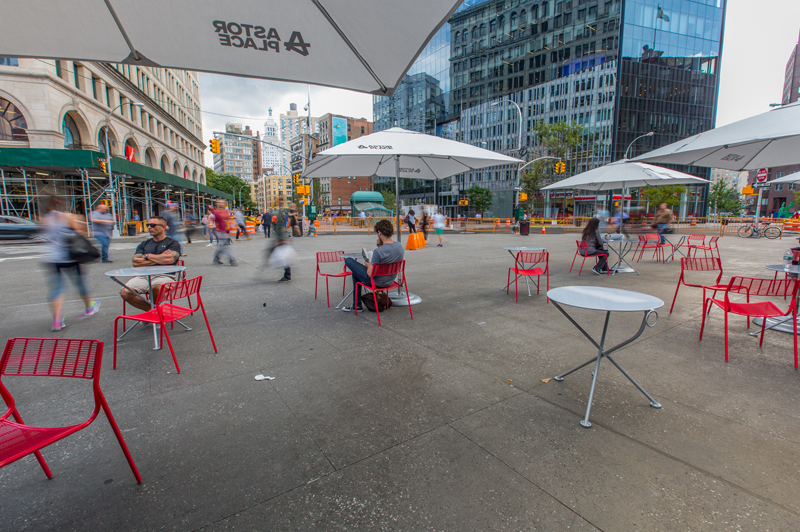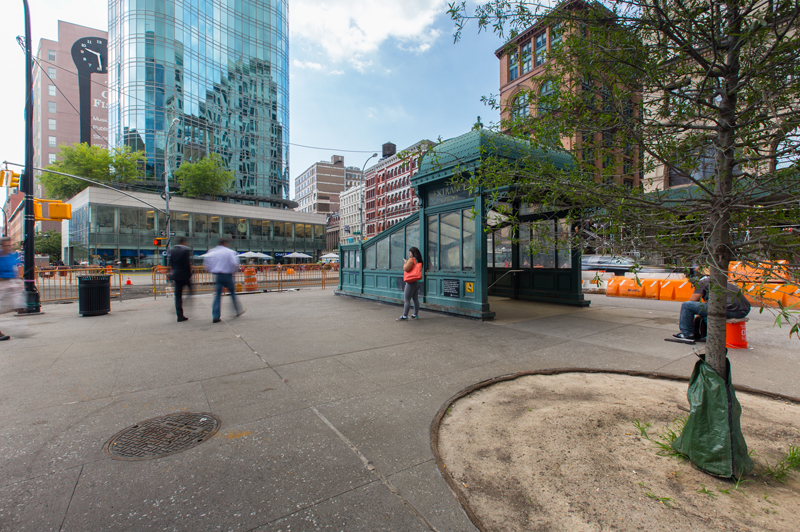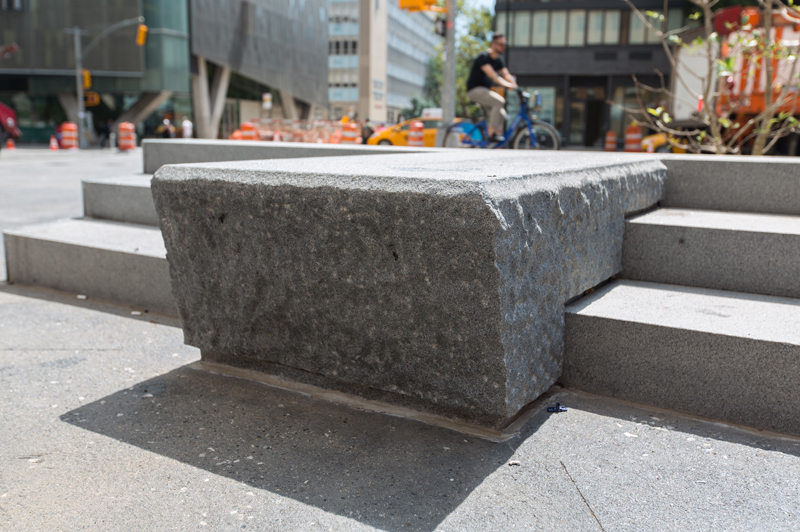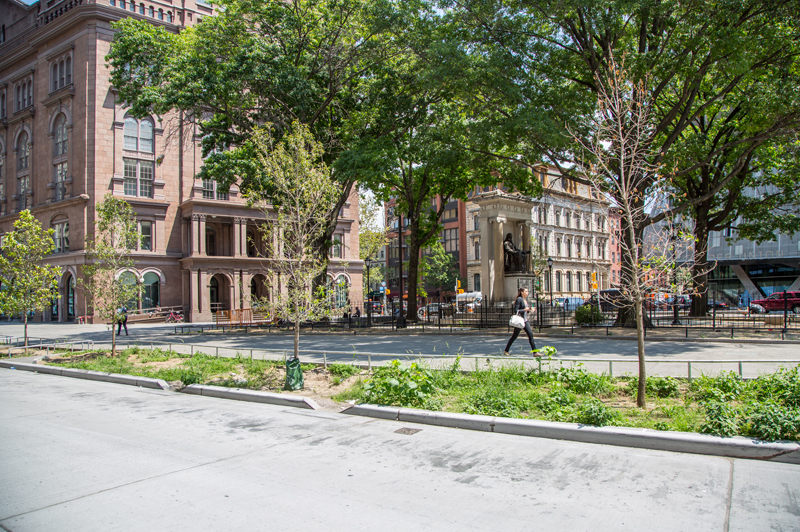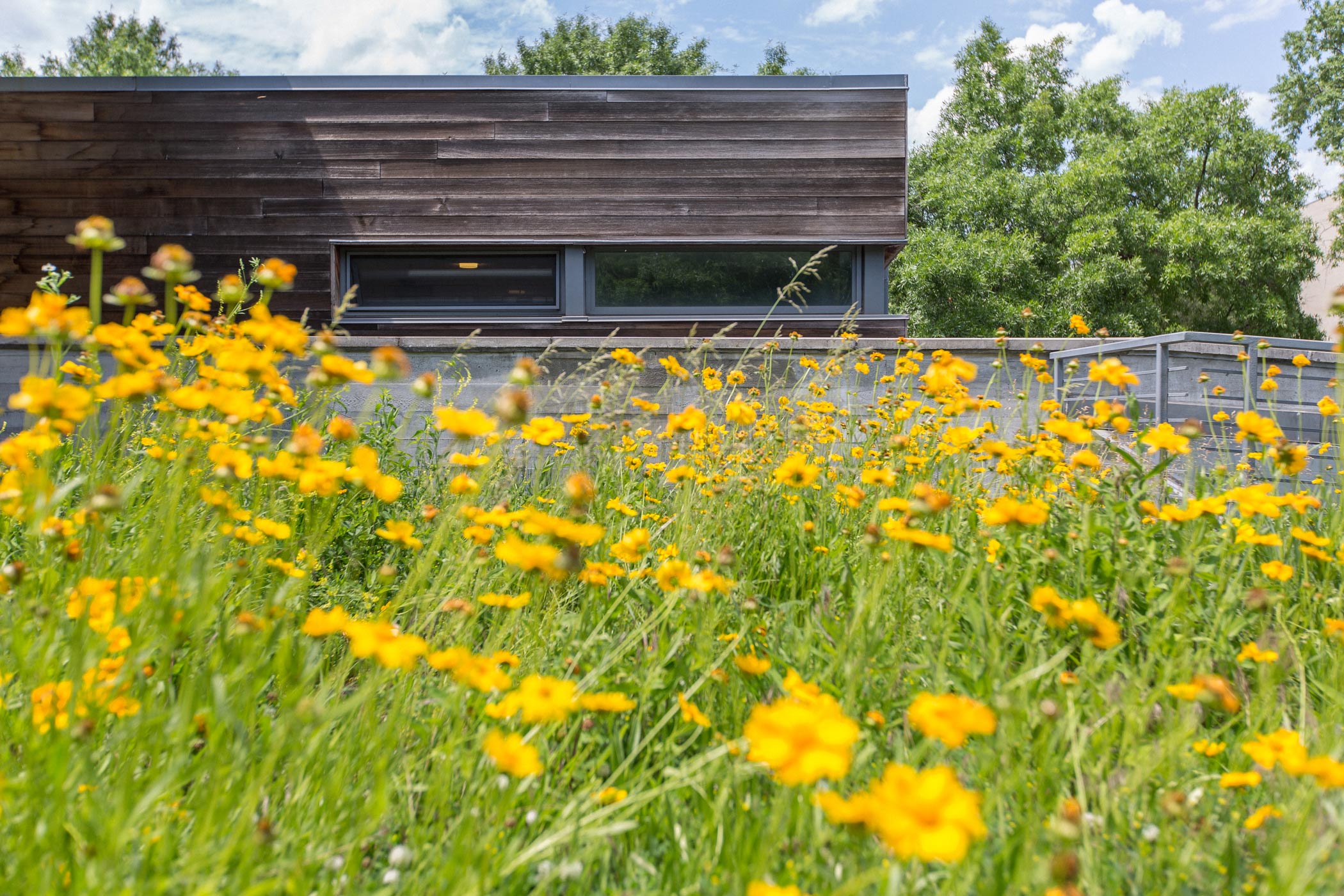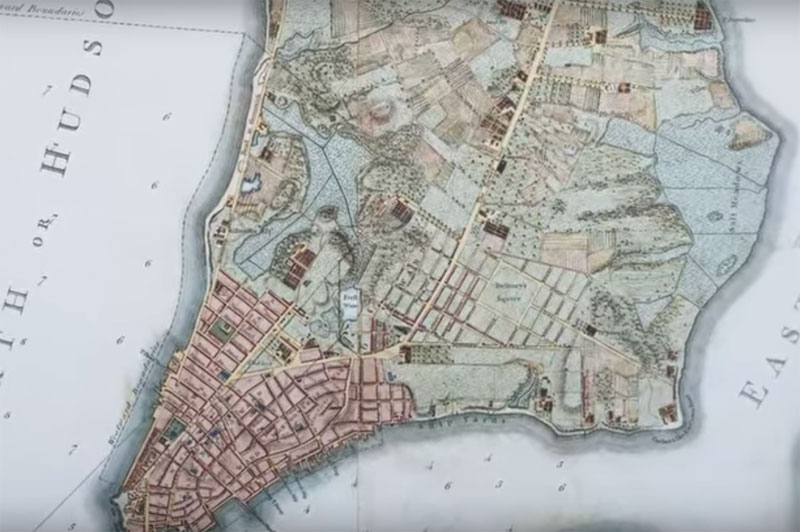
 Department of Design and Construction311
Department of Design and Construction311 Search all NYC.gov websites
Search all NYC.gov websites
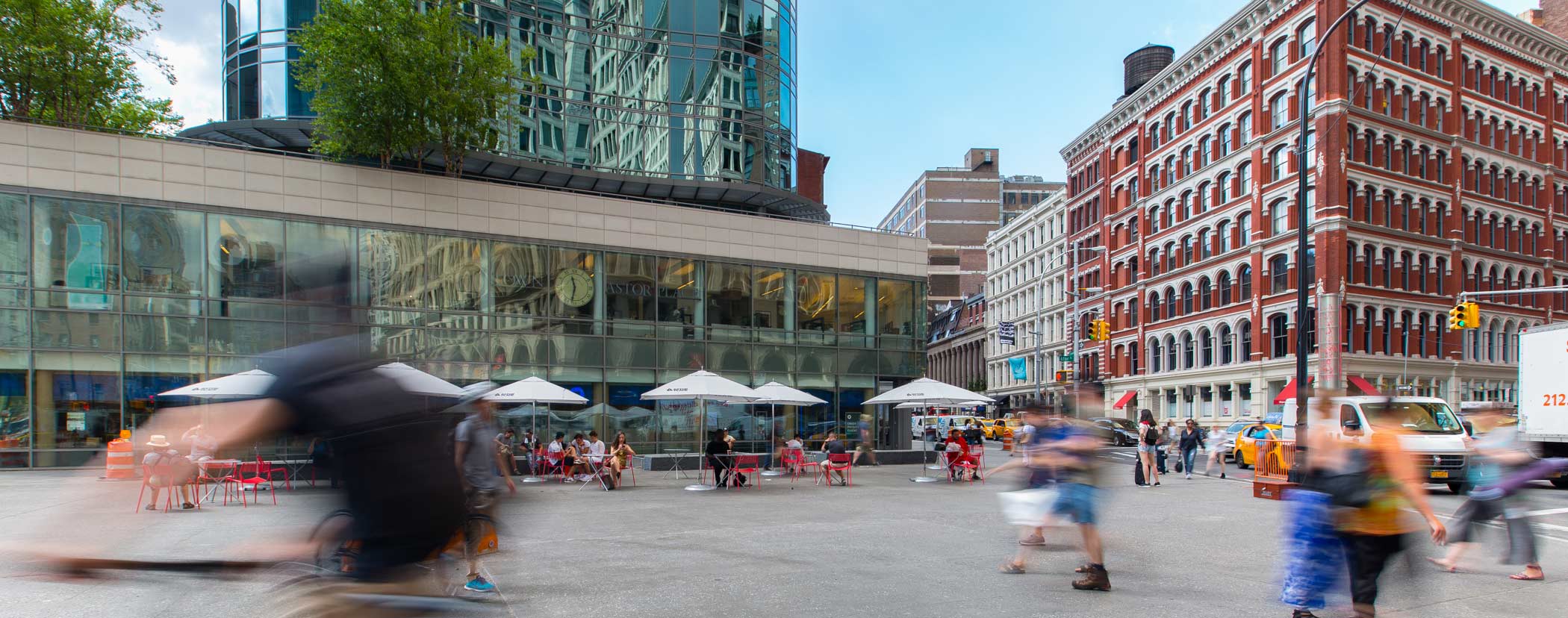
Astor Place
Creating a Calming Connection
Astor Place is one of Manhattan’s busiest hubs. With nearby institutions like New York University, Cooper Union, and Parsons School of Design, thousands of cars and pedestrians flow through the area every day. Activity in this plaza space has only intensified in recent years with new buildings rising and businesses moving in to accommodate Manhattan’s population growth.
Expanded sidewalks and plazas reclaim valuable street space for people, making the neighborhood more inviting and the sidewalks less congested. Working with our partners, we were able to add almost a full acre of new pedestrian space in a very busy neighborhood, beautify this area, add amenities, and more efficiently manage traffic. We look forward to additional street reclamation projects throughout the City.
Astor Place is the site of a tricky intersection. Three avenues meet one another, where they form two adjacent triangles. Because of this, the area has been notoriously difficult for pedestrians to navigate. You could very easily find yourself standing in the middle of a traffic median with no access to a protected crosswalk. For years, the surrounding community and city planners saw an opportunity to transform Astor Place into a calmer, safer space.
To reimagine Astor Place, the Department of Design and Construction (DDC), Transportation (DOT), and Parks and Recreation partnered with WXY, a New York City architecture and urban design firm helmed by Principal-in-charge Claire Weisz. “We tend to get projects that have gone a long time without being solved, like under sides of bridges or areas surrounding viaducts,” says Weisz. “It’s really about bringing design thinking to unusual problems, or problems that people put off solving.”
Weisz naturally gravitated to the challenges of Astor Place, where there were many opportunities to reimagine small pockets of under-used public space. “How do we reconnect people to their environment, not just by views, but by interacting with it? The more options we have and the more developed our infrastructure is, the more possibilities we have for continuing our density in the city.”
Reconstruction of Astor Place began in 2013 after the local Community Board approved the plan. Now, the area is set to officially reopen. The long task list included relocating underground utilities, crating and storing public art, and installing new features like lighting, bicycle racks, and plantings. In-depth traffic studies were also a key step in redesigning and rebuilding roadways to calm the daily flow of cars.
